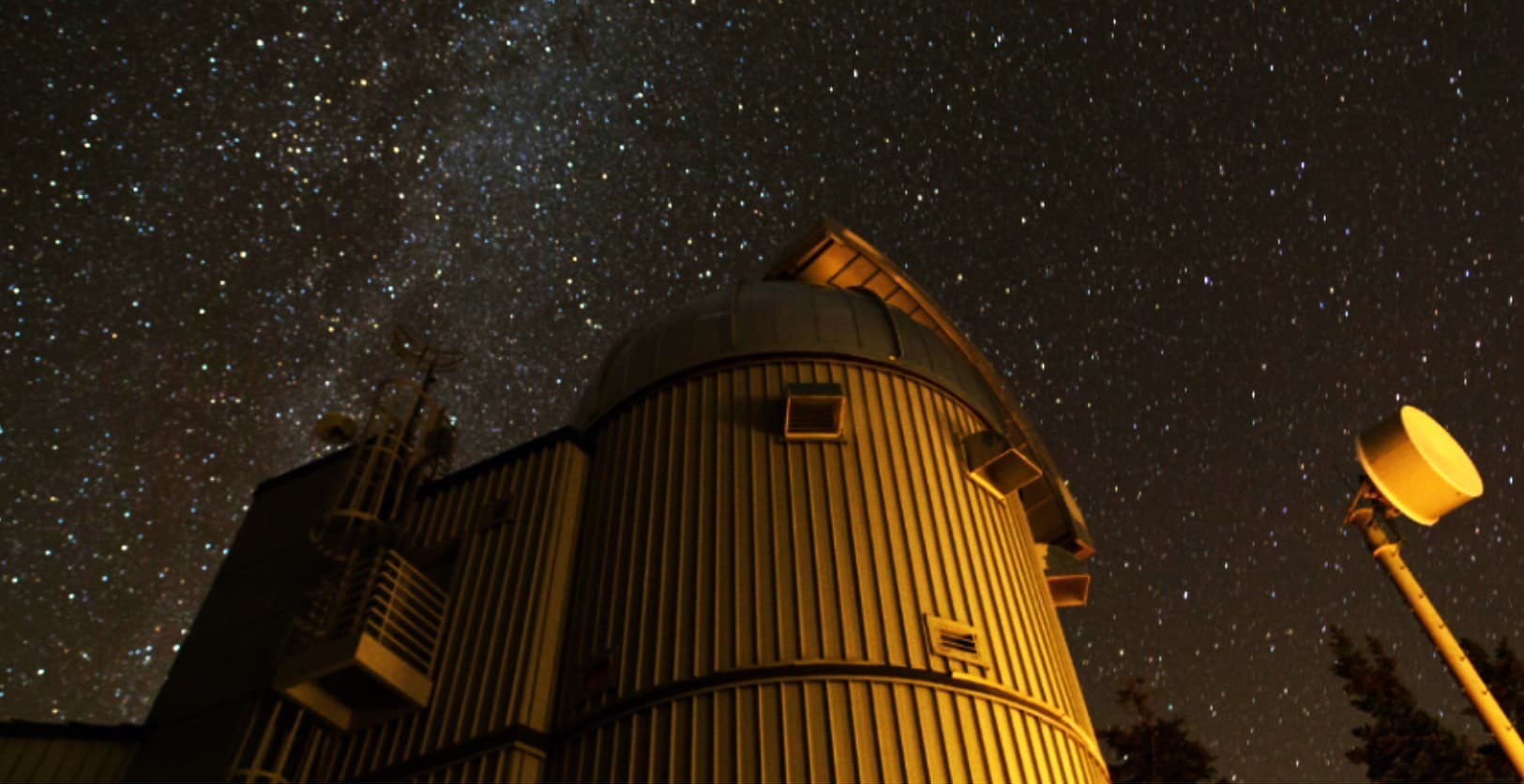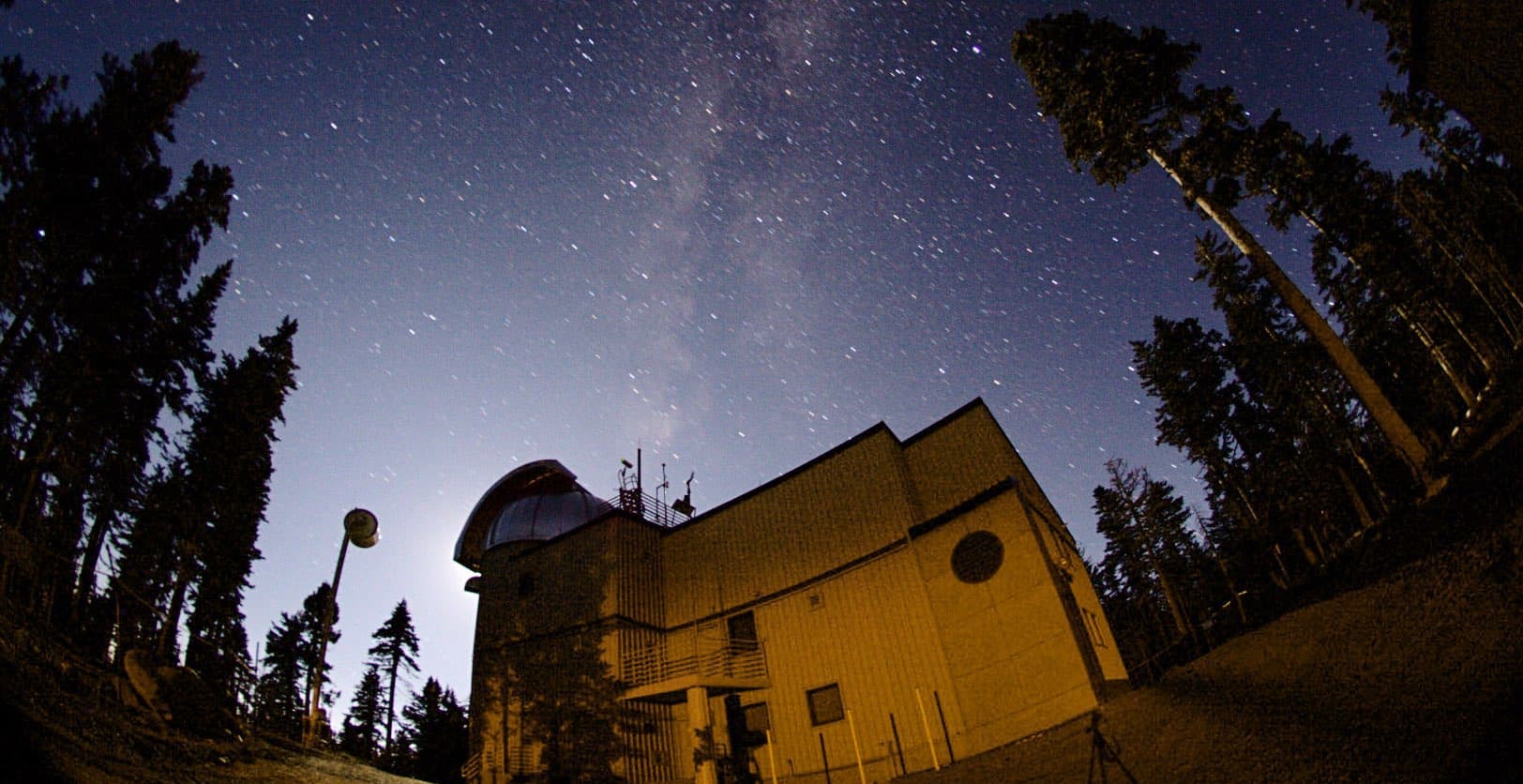The Vatican Advanced Technology Telescope (VATT) in Arizona is a multi-million dollar astronomical research complex paid for by private donations.
It consists of two parts: the Alice P. Lennon Telescope and the Thomas J. Bannan Astrophysics Facility.

The Vatican Observatory Foundation has a majority stake, along with the University of Arizona, in the Alice P. Lennon Telescope, which is located in southeastern Arizona, where sky conditions are among the best in the world.
The telescope’s 1.8-meter (72 inch), f/1.0 mirror was fabricated at the Richard F. Carris Mirror Laboratory at the University of Arizona, the first mirror ever made using revolutionary spin-casting and polishing technologies that are now used to make giant telescopes such as the LBT, LSST, and Giant Magellan Telescope.
The Vatican Advanced Technology Telescope (VATT) truly lives up to its name. Its heart is a 1.8-m f/1.0 honeycombed construction, borosilicate primary mirror. It pioneered both the spin-casting techniques and the stressed-lap polishing techniques of that Laboratory which are being used for telescope mirrors up to 8.4-m in diameter.
The primary mirror is so deeply-dished that the focus of the telescope is only as far above the mirror as the mirror is wide, thus allowing a structure that is about three times as compact as the previous generation of telescope designs.
The 0.38-m f/0.9 Zerodur concave secondary mirror was manufactured by the Space Optics Research Laboratory (Chelmsford, MA). Its mount allows control of its focus and positioning to 0.1 microns, an accuracy needed for such a fast optical system.
The telescope mount is of altitude-azimuth design and was manufactured by L&F Industries (Huntington Park, CA). It features direct drive motors on the two axes, leading to a very compact and rigid mount.
The compactness allows a telescope that is very stable, even in high winds, and easy to reposition in the sky. It also means that a small dome can be used and so the distortions in an image produced by air surrounding a telescope can be minimized.

The building in which the telescope is housed is designed to isolate the ambient temperature in the dome from the heated observing room and living quarters.
This isolation is achieved by using the section between the dome and the main facility as a thermal barrier and by exhausting air from this section and from the dome out from the north and mainly downwind side of the building.
Within the astrophysics facility, a number of state of the art computers guide and control the telescope and its cameras. In addition, the building includes living quarters for the observers, with a full kitchen and four bedrooms designed to allow the observers to sleep in seclusion during daylight hours.

 U.S.
U.S. Vatican City
Vatican City